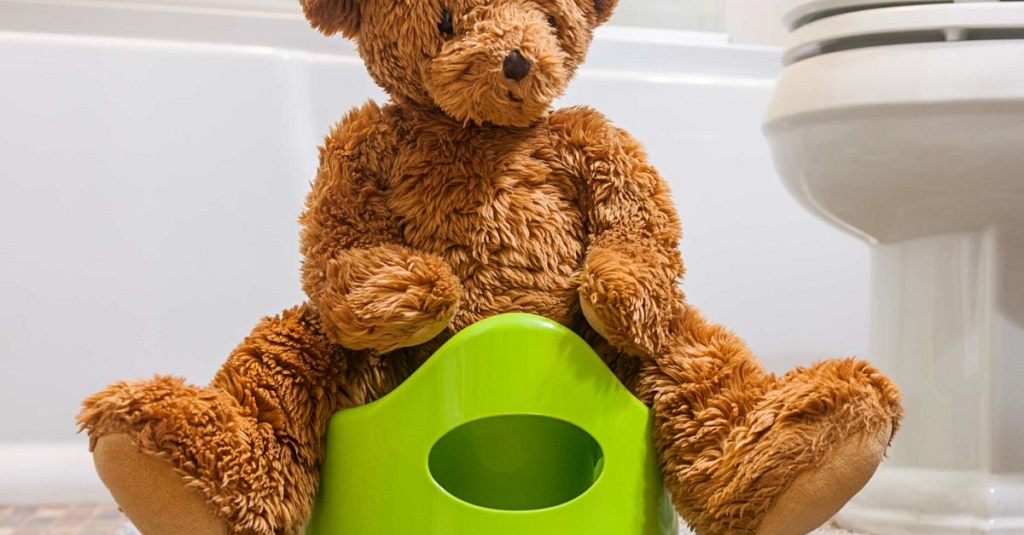An abnormal urge to urinate and a frequency of urination greater than 8 times a day can be symptoms of an overactive bladder. In this article, we will talk about the causes, diagnosis, and treatment of overactive bladder in children.
Overactive bladder in children: causes and treatment
The overactive bladder in children is a condition in which you feel the urgent need to urinate. In these cases, the urgency is such that it can be difficult to control, resulting in the involuntary loss of urine.
This syndrome can affect adults as well as children. Today we will explain what overactive bladder is in children, as well as the triggering causes, diagnosis, and related treatment.
Overactive bladder in children
Overactive bladder is a syndrome characterized by an urge to urinate, which is the sudden and urgent need to urinate. It is usually accompanied by an increase in the frequency of urination. After bedwetting, it is the second most common cause of bladder dysfunction in children.
The intensity of the urgency is such that in many cases it is impossible to control it. The child, therefore, can have an involuntary loss of urine, with consequent problems in the life of the child from a social and emotional point of view.
In this sense, if the child cannot control the urge to urinate, he may begin to avoid or refuse to participate in group activities due to the fear of leaking pee . For this reason, it is important to pay attention to the symptoms and consult a specialist as soon as possible.
Symptoms of an overactive bladder
First, an overactive bladder should not be confused with other conditions, such as enuresis, which is the involuntary passing of urine during the night. An overactive bladder typically occurs at any time of the day.
In general, the symptoms of this syndrome are:
- Urination frequency greater than 8 times a day
- Difficulty controlling the urge to urinate
- Possible urine leakage
- Retention postures or maneuvers, such as sitting cross-legged / crossed or adopting other postures to avoid losses
- In extreme cases, urinary incontinence
- Symptom-related anxiety affecting the child’s life
Causes of overactive bladder
According to today’s theories, overactive bladder syndrome could be related to the late development of the central nervous system. In this sense, once the bladder is filled, the inhibitory reflex of urination would not be activated efficiently.
The problem could be due to the physical condition of the child, as well as abnormalities in the urinary tract, bladder, or kidney infections and failure to develop the central nervous system, as already mentioned. An overactive bladder could also be associated with other conditions such as constipation.
In some cases, the child may not have learned to properly control urination (a process that typically starts around 3-5 years of age), the sphincters.
In addition, conditions such as mental, behavioral, learning, or anxiety disorders, among many, can also manifest with an overactive bladder.
Diagnosis of overactive bladder
In order to make a diagnosis of overactive bladder, the doctor will evaluate certain information and prescribe specific tests:
Clinical history: Parents and the child should describe their urinary habits in detail. In fact, the doctor recommends keeping a “urination diary” that records the frequency and intensity of urination. The doctor also consults the medical history to identify any triggering problems.
Physical examination: this evaluation will involve the urinary system and will be completed by any tests to verify the correct functioning of the nervous system.
Urine tests: with these values, it will be possible to determine the presence of infections.
Following the information obtained from the previous points, the doctor may suggest a possible ultrasound or urodynamic examination, to rule out more serious problems.
Treatment
Treatment of overactive bladder in children will always depend on the causes of the bladder. For example, if the syndrome is caused by constipation (as the stool puts pressure on the bladder), treatment involves solving the constipation problem.
However, the most common treatments include:
Bladder training: This may include scheduling urination (every X hours), urinating twice when going to the bathroom, or relaxing the pelvic floor muscles.
In some cases, the doctor may prescribe drug treatment (usually oxybutynin). This relieves symptoms until the child has learned to control the sphincters effectively. In addition, it is possible to prevent diseases of the urinary system.
Parental support: Parents should never blame the child for any losses because they are not voluntary. On the contrary, they must offer understanding and support. In this sense, motivational therapy could be followed by stimulating the child with rewards if he sticks to the program successfully.
You may also like to read, The wheel of life: what it is and what it is for
